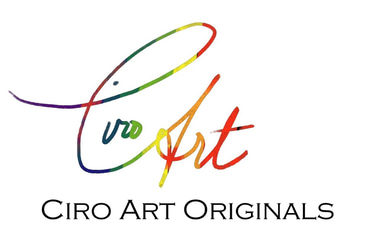Creativity: Part Two. Effect of Marketing on Our Perception of Creativity
2 min read


Creativity: Part Two. Effect of Marketing on Our Perception of Creativity
Marketing influences our perception of artists’ creativity and their work. And it could start simply by adding a price sticker on a piece of art. “That painting is very expensive; the artist must be good. “ The opposite is true as well. “The cost of that painting is too low; the artist is probably not that good”. This is true with all commodities and art is no different. Without marketing, art may just be paintings in the attic, never to been appreciated. Vivian Maier’s 150,000 photographs would have never been shared with the world if they were not accidentally found in a storage facility. Without marketing, an artist may live the rest of his/ her life in obscurity. Yet, excessive self-promotion, branding, celebrity, and social media have distorted our perception of content and what we call creative. For that reason marketing has become the ”skid mark” on the underwear of the art world.
We confuse intrinsic artistic content with how it’s promoted! Many galleries will not represent an artist unless they have a certain number of social media followers. Artists reluctantly have to do the algorithm dance to get more views on Facebook and Instagram even though they would rather just be making art. Marketing scams target the electronically naïve artist and promise to promote the artist’s work. But, in fact, they are just promoting themselves and stealing money.
Many of us attribute creative genius to Thomas Edison, the inventor of the incandescent lightbulb when in fact, the first incandescent bulb patent was filed in the late 1700s. Throughout the years many scientists have improved on its design. But it is Thomas Edison who promoted himself as its inventor and marketed the lightbulb under his name. Ironically the lightbulb has become a symbol for creative ideas and thought when it is actually a stolen invention. This is what I call squatting on intellectual property. If you squat on a property long enough and repeatedly claim ownership, it will eventually become yours. Branding or repeatedly linking your name to another person’s concept or work of art is the tool used by intellectual property squatters. The value of art is more a function of its promotion and who the collectors are. What is painted becomes less important than the wall it hangs on.
When I was in a museum in Barcelona I saw an Andy Warhol painting of a green dollar sign on a white background. Most likely this painting was painted and signed “Andy Warhol” by someone else. Yet viewers were intellectualizing its creativity. I heard phrases such as “what a creative way to express income inequality” and green symbolizing our environment. But what it said to me (and I think Andy Warhol would agree) was that a man can create millions of dollars from nothing ….simply by painting a green dollar sign on a blank canvas.
